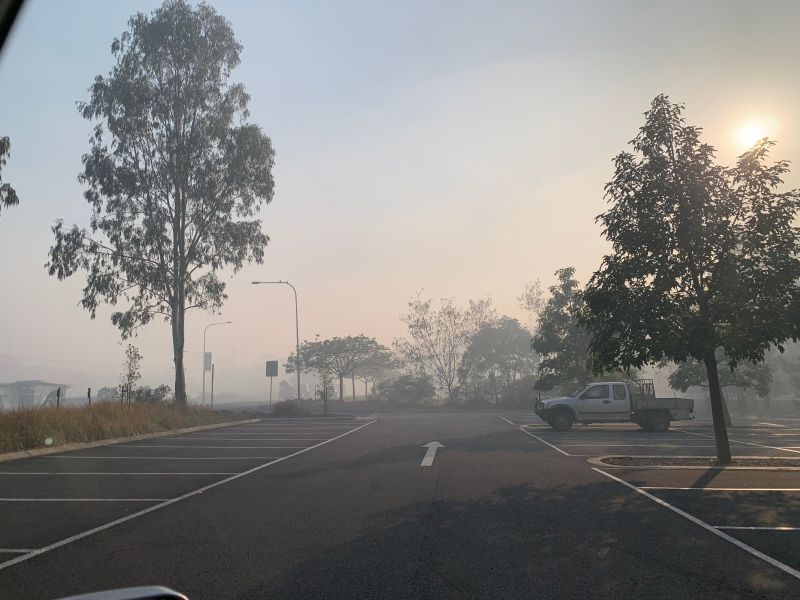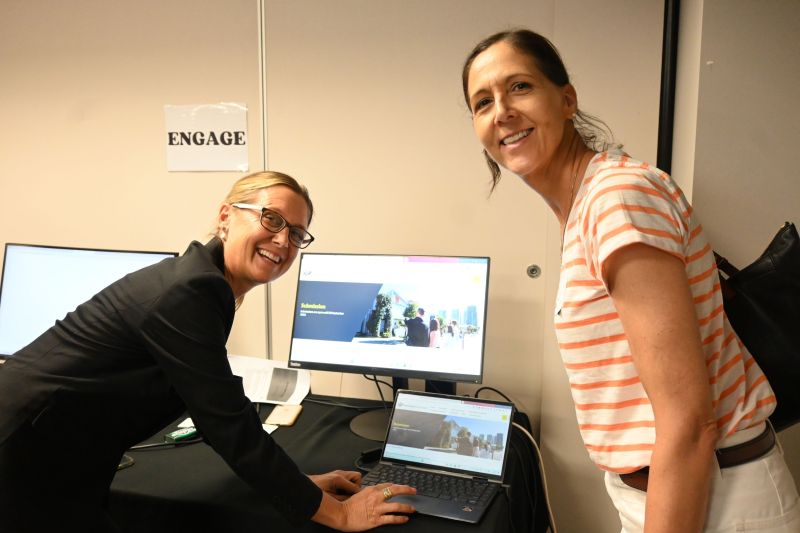Here’s 3 things we’ve learnt this year about making co-design projects between government and communities work.
Co-design is a hot topic in community engagement.. But before true co-design is possible on projects between government and community both need to cultivate a realistic-collaborative mindset.
1. Government project teams use the word ‘co-design’ without clear understanding of its meaning.
While the words are not new, the true meaning of co-design in engagement infers an equal or at least reciprocal relationship, a staged process and high community participation in government decision-making.
The reality of government project teams getting internal approval for using a true co-design community engagement approach is very much still in its infancy.
Projects where government has low power, for example in private land use such as agriculture, are more likely to need and get value from a co-design engagement process.
2. While community wants to have more ‘say’ on government projects and plans, they need to be willing to acknowledge the existing government engagement IAP2 process is a genuine starting point to build on.
Community feedback on government engagement projects shows a high and growing level of distrust for the engagement process. This can lead to community frustration and eventual attack on engagement opportunities or projects in the form of emotional (not factual) social media negative campaigning and personal attack on individual government project officers manning project information and briefing sessions.
While community frustration is understandable, emotional (not factual) social media or personal attack prevent genuine discussion and problem solving.
Many government projects offer practical and accessible engagement opportunities – such as surveys, online meetings and online post-it boards – that have genuine intent and do gather information which do inform government decision-making.
3. Both government and community need to cultivate a realistic-collaborative mindset for true co-design to work in future.
A realistic -collaborative mindset includes acknowledging what is and isn’t negotiable in the project; identifying and acknowledging each party has responsibilities – government in its delivery of services, infrastructure and up to date information and community in its acceptance of personal responsibility for taking the time to read and act on government information and either providing a considered view or taking personal actions which will help achieve an outcome they want.
Co-design engagement methods are set to become more of a feature in government engagement as environmental, social, and political change continue to accelerate and community power increases through community groups and social media use.
We must work together to create flexible yet resilient engagement approaches that enable problem solving and solutions for shared government/ community problems.













